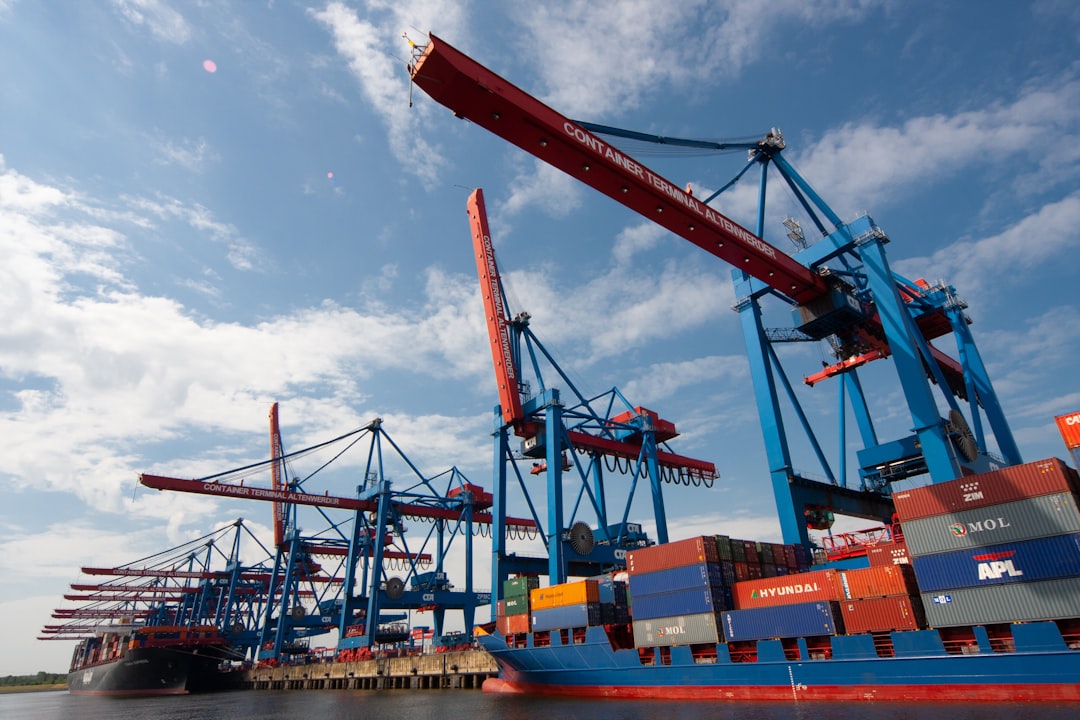Decoupling between the United States and China is accelerating rapidly, with both nations dismantling economic ties through higher tariffs and an expanding array of non‑tariff barriers, according to a new note from Capital Economics.
Key Takeaways
-
Overdrive Decoupling
-
“U.S.‑China decoupling is going into overdrive,” driven by escalating reciprocal tariffs and fresh barriers that extend beyond simple duties.
-
-
Tariff Trajectory
-
Elevated duties on both sides now suggest that most bilateral trade could cease within a couple of years if current trends persist.
-
-
Non‑Tariff Measures
-
Recent moves include tighter U.S. export controls on advanced semiconductors and China’s suspension of Boeing deliveries and postal parcel services.
-
-
Skepticism on a “Big Deal”
-
Despite former President Trump’s stated openness to negotiate, Capital Economics warns not to count on any substantive reset of U.S.–China relations.
-
Looking Ahead: Investment Flows as the Next Front
-
“America First Investment Policy”
-
Released in February, this policy outlines potential restrictions such as delisting Chinese firms from U.S. exchanges and curbing cross‑border capital flows.
-
-
Future Battleground
-
If decoupling continues, investment flows—from venture capital to public equity—are likely the next area of contention.
-
Real‑Time Forex Monitoring
As the U.S. and China drift apart economically, currency markets—especially the USD/CNY pair—become critical indicators of the relationship’s health. Track real-time exchange rates via the
🔗 Forex Daily API from Financial Modeling Prep.
Capital Economics’ outlook underscores a shift from targeted trade friction to broad economic disengagement. With tariffs and non‑tariff barriers set to tighten, both governments appear poised for a long‑term restructuring of one of the world’s most significant economic relationships.




